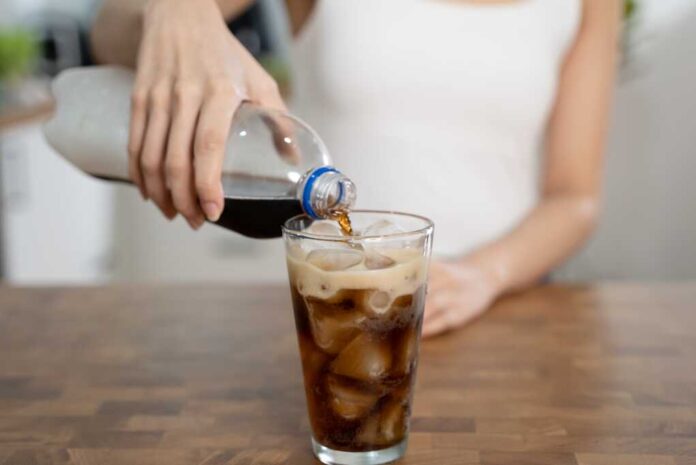
Imagine if the next sip you take could quietly tip the scales of your cancer risk—stay with me, because what you pour into your glass may just shape your future health in ways more dramatic than any diet or exercise plan you’ve tried.
At a Glance
- Carbonated soft drinks were once marketed as miracle tonics, but are now linked to obesity, diabetes, and heart disease.
- The $55.2 billion U.S. soft drink industry is shifting as consumers demand healthier alternatives, but old habits—and brands—die hard.
- Soda taxes, school bans, and public health campaigns have dented, but not dethroned, the classic cola’s market dominance.
- Functional beverages are rising, but experts warn: beware hidden sugars, unproven claims, and artificial sweeteners.
Soda’s Surprising Origin Story: When Bubbles Meant Health
Before soda became the soundtrack to summer picnics and baseball games, it swaggered onto the scene in the late 1700s as a medicinal tonic. Apothecaries hawked carbonated concoctions as cures for everything from headaches to indigestion. By the late 1800s, the fizz had found its new muse: mass-market branding. Coca-Cola and Pepsi emerged, and suddenly the “elixir of life” was less about wellness and more about a sugar-fueled jolt. The U.S. led the global fizz parade, and by the post-war boom, soda wasn’t just a drink—it was Americana in a bottle.
Will Coca-Cola change its recipe? Experts weigh in on Trump’s announcement
But as waistlines expanded and “sugar high” became a household phrase, health watchdogs took aim. The 1970s brought research, regulations, and a slow-moving avalanche of concern over sugar, artificial sweeteners, and a rogue’s gallery of additives. The backlash gathered steam in the 2000s, with obesity, diabetes, and heart disease all pointing an accusatory finger at the soda aisle. Policymakers rolled out soda taxes and school bans, but the average American still clung to their daily pop.
Inside the Soda Wars: Giants, Watchdogs, and the Innovation Arms Race
Today, the carbonated soft drink market is a $55.2 billion behemoth, with Coca-Cola, PepsiCo, Keurig Dr Pepper, Refresco, and National Beverage muscling for shelf space and brand loyalty. Their motivation? Profit, market share, and a newfound need to look healthy while doing it. Health agencies like the CDC and WHO aren’t buying it, urging consumers to cut the fizz in favor of water and unsweetened tea. Meanwhile, advocacy groups like the Center for Science in the Public Interest lob legal grenades, targeting what they call misleading marketing and dangerous health impacts.
The result is an uneasy dance. Beverage CEOs tout their “commitment to health” while rolling out new “functional” sodas—think prebiotics and low-cal options with names that sound like superhero sidekicks. But critics warn that even these modern marvels can hide just as much sugar and unproven claims as their syrupy ancestors. The power struggle continues, with retailers, ad giants, regulators, and social media influencers all jostling to shape what ends up in your cart and your cup.
Health Trends, Soda Taxes, and a Market in Flux
Coca-Cola’s Q2 2025 report tells a tale of tension: net revenues up 1% to $12.5 billion, margins fat and happy at 34.1%, but global volume down 1% as more people side-eye their soda habits. PepsiCo, meanwhile, faces ballooning costs and bets big on “wellness” with prebiotic sodas and sparkling teas. Functional beverages are all the rage, but cola flavors still hog over half the market share. Even as trend-chasers reach for kombucha and mushroom lattes, old-school sodas refuse to fade quietly.
Short-term, traditional soft drinks remain king of the beverage aisle, but the tides are turning. Healthier choices are gaining ground, driven by public awareness, new regulations, and a growing hunger for transparency. Long-term, experts predict a slow but steady decline in sugary drink consumption, with the beverage industry scrambling to diversify before the soda bubble bursts for good.


















